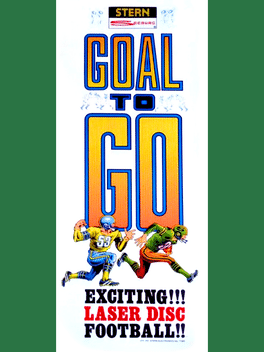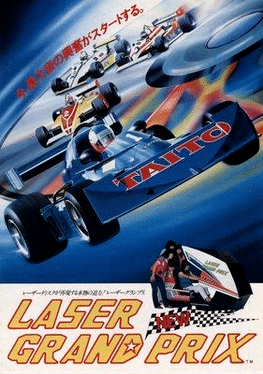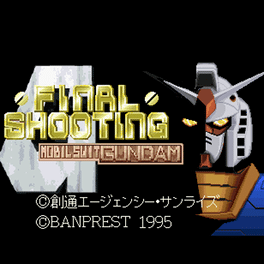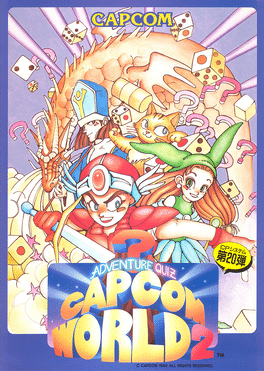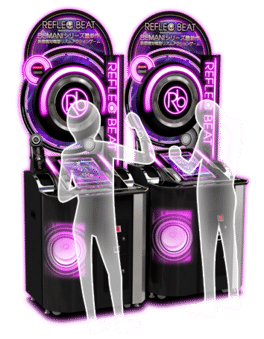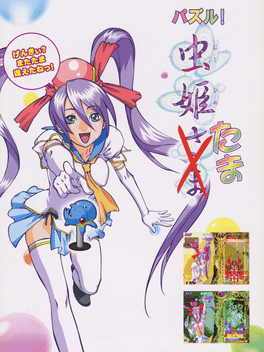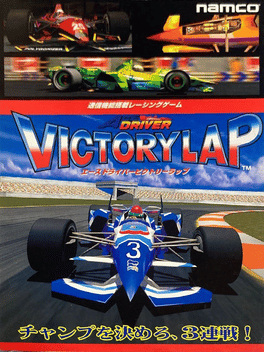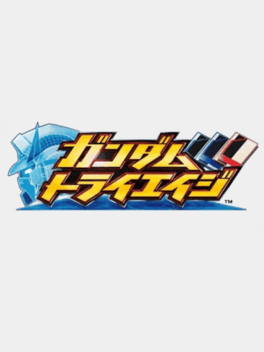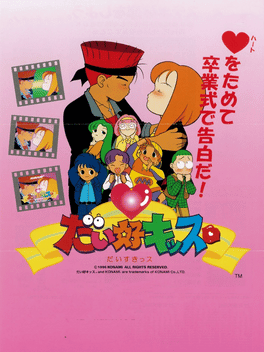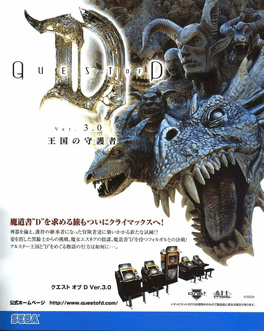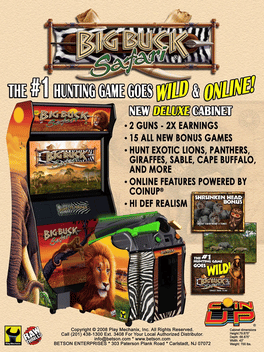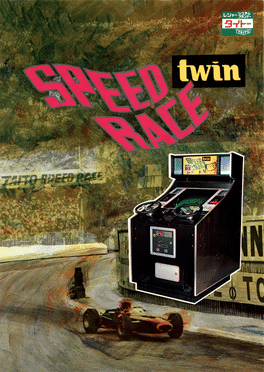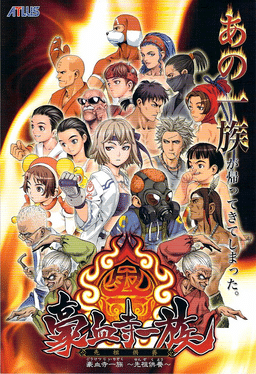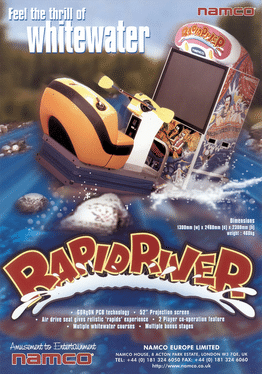Most Popular Arcade Games - Page 80
-
Goal to Go
1983
Goal to Go
1983
A laser disc arcade game from Stern Electronics. Control the plays and watch them develop onscreen. -
Laser Grand Prix
1983
-
Adventure Quiz: Capcom World 2
1992
Mike Haggar and loads of other Capcom characters appear in this trivia quiz game from Capcom. -
Reflec Beat
2010
Reflec Beat
2010
REFLEC BEAT is Konami's new touchscreen rhythm game that focuses on versus multiplayer gameplay using a mix of classic pong with the timing based tapping widely used in the bemani series. -
Puzzle! Mushihimetama
2005
A Cave-developed puzzle game starring Reco, the bug princess from Mushihime-sama. -
Ace Driver: Victory Lap
1995
Ace Driver Victory Lap is a sequel of is a 3D racing arcade game released by Namco in 1995, featuring more tracks and Formula One cars (which all, again, carry advertisements for older Namco games) than its predecessor, as well as a new championship mode, all in a modern futuristic setting. -
Thrill Drive
1998
Thrill Drive
1998
An arcade racing game, where you race through traffic. You get a score based on how much damage your accidents cause. -
Thrill Drive 3
2005
Thrill Drive 3
2005
An arcade racing game, where you race through traffic. You get a score based on how much damage your accidents cause. -
Gundam Tri Age
Gundam Tri Age is an arcade card battle game. It is named after Mobile Suit Gundam AGE, but also features characters from the 00, 0079, and Unicorn series. -
Daisu-Kiss
1996
-
Quest of D
Quest of D is a Japanese card/arcade hack n' slash published by Sega. Players battle through a dungeon using a joystick and collectible cards to use special abilities. -
Sasuke vs. Commander
1980
Sasuke vs. Commander
1980
Released by SNK in 1980, it was an early shoot 'em up that featured human characters on foot instead of vehicles, spacecraft, or aliens. The player character faces off against multiple shuriken-throwing ninjas and along the way faces several bosses, such as a flame-shooting shinobi. -
Kinnikuman Muscle Grand Prix
2006
Kinnikuman Muscle Grand Prix is a series of fighting video game developed by AKI Corporation, based on the popular Kinnikuman manga and anime series from Weekly Shonen Jump. -
Big Buck Safari
2008
-
Speed Race Twin
1976
Speed Race Twin
1976
A racing game released by Taito in 1976. It is a simultaneous two-player version of Tomohiro Nishikado's 1974 arcade game Speed Race. -
Gouketsuji Ichizoku Matsuri Senzo Kuyou
2009
The latest in the Power Instinct series of humorous fighting games. -
Rapid River
1997
-
Lord of Vermilion II
2009
Lord of Vermilion II
2009
An upgraded sequel to the original arcade-only, Japanese-only strategy action game. LoVII notably includes guest characters from properties like Magic: The Gathering, Final Fantasy IV, and Secret of Mana.
